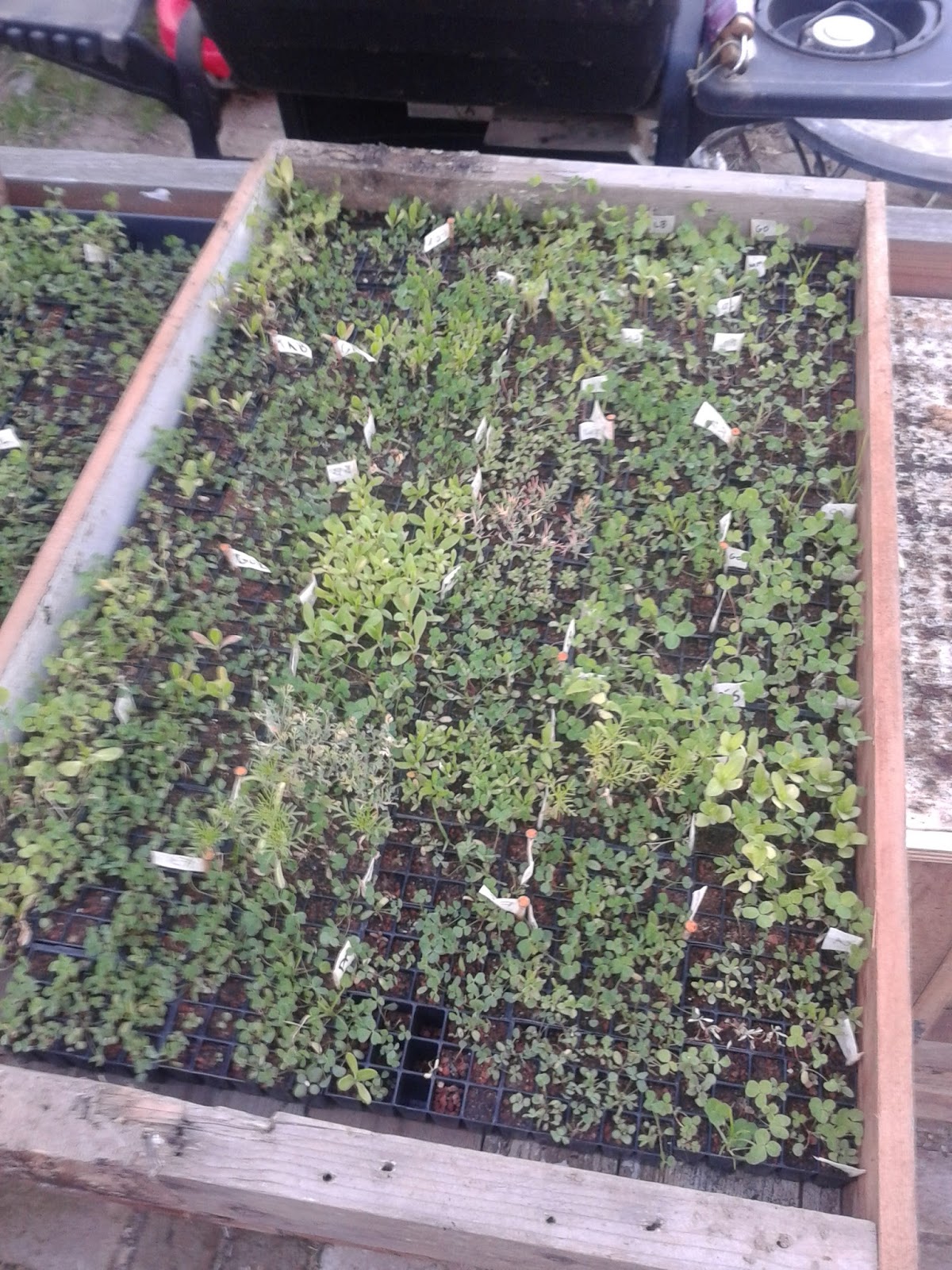"Organic" is what we call gardening or farming without using artificially produced chemical fertilizers or pesticides. It's a term that follows very strict guidelines and requires special certification in order to use the term on marketing materials. Rather then considering the total effect on the environment that the farming operation has, it sets up some rules which reduce chemicals used on a farm.
What if there was another description for farming activities that use less chemicals. What could we call gardening or farming which is focused on the total effect of the farming process on the environment? How about "Sustainable"? Sustainable farming looks at the soil as a valuable commodity, which must be cared for and maintained so that crop quality increases year after year.
The idea is still under development, but basically I propose a group of principles that promote techniques for farming and gardening which are focused more on reducing waste, increasing productivity and which are aimed at having a positive influence on the environment rather then just using certain products based on their certification status.
What are "Sustainable Farming Techniques" (SFT)?
- Insect control is possible without toxic chemicals
- Soil is a living entity
- Education decreases waste
For example, by planting companion crops, like alfalfa and clover, run-off is reduced and available nitrogen is increased in the soil right where the crops need it, in their roots. This technique ads another layer of complexity to designing a field of a particular crop, because while there are many leguminous field crops which fixate nitrogen, not all of them are compatible with various crops. A particular companion plant, like clover, might have a tendency to reduce the availability of light to young crop plants, like carrots or potatoes, so that very careful thought and experimentation must be carried out before committing a large field to companion planting.
Another good example is the use of natural fertilizers and mineral supplements. Rather then using a single product, like organically produced nitrogen to fertilize a field, using organic products like fish emulsion, oyster shell and locally produced compost provide both macro and micro-nutrients and generally improve the quality of the soil so that over time, the soil which is farmed becomes richer and healthier, producing healthier plants and higher quality crops. Also, inputs over time are reduced since healthier soil requires less irrigation, less fertilization and less machine work for each successive crop.
One downside is that there can be no strict set of guidelines to enforce. If you use SFT, then you will see benefit over time, and your products will increase in quality. Intelligent farming requires a care for the soil that can not be regulated or enforced.
My experience with farming has shown me that a field which is well cared for will often outproduce a field with maximum modern scientific input such as fertilizers, insecticides and genetically modified crops. Soil is a living entity and while there is some disagreement about whether or not chemical fertilizers have a negative effect that biological activity, healthy soil is built with effort and care.
There will be more articles about SFT here on this blog.





